Urgent need for economization: Iran faces blackout risk
The blast of cold that has swept across Iran since last week has pushed domestic gas consumption to a peak of 700 million cubic meters per day and broken the record gas consumption in residential units for the second time in recent years.
The record consumption was 748 million cubic meters on November 22, 2021. In Iran, the residential and commercial sectors use natural gas for space heating, and the industrial sector uses it for feedstock, especially in the petrochemicals industry.
The staggering consumption by Iranian households uses up 80% of the natural gas extraction capacity at the country's fields and creates widespread problems for fueling other sectors.
One of the most important problems caused by the high consumption is the inability to supply fuel to the country's electricity generation units. According to the latest monthly water and electricity industry statistics, 83.3% of the nominal capacity of Iran's power plants including thermal, gas, combined cycle and distributed generation facilities, depends on natural gas to operate.
The monster increase in domestic gas consumption in recent days has caused a serious challenge to the supply of fuel to power plants. They have reported that natural gas delivered to them in recent days has decreased to less than 50 million cubic meters per day.
This is while the nominal need of the country's power plants is normally estimated at 205 million cubic meters, which has been cut to 199 million cubic meters with a series of technical measures, including adjustment of road lighting and crackdown on cryptocurrency mining and other activities. In other words, only 25% of the natural gas needed in power plants has been supplied in recent days.
These figures indicate that for the registered electricity consumption needs of nearly 40,000 megawatts produced by gas, the current deliveries are enough to only produce 10,000 MW, with the deficit coming from the burning of diesel and fuel oil.
Replacing gas with liquid fuel in the country's power plants, beside the economic and environmental drawbacks, is associated with many difficulties in the winter.
According to data cited by Fars news agency, currently 70% of the liquid fuel inventories of the power plants have been depleted, which means Iran is facing serious power supply challenges in the remaining months of the winter.
In other words, if the existing situation continues, liquid fuel inventories are enough to cover the gas supply deficit for about a week, after which the country will face an unprecedented shortfall of 30,000 MW on the national grid.
The shortfall is twice the amount Iran experienced in the summer when the former government introduced planned, rolling blackouts after Tehran and other cities were hit by unannounced power cuts.
In recent days, energy ministry officials have desperately appealed to Iranian households to economize on energy consumption, warning that another cold wave could lead to widespread power outages.
On Sunday, Minister of Petroleum Javad Owji urged people to wear warm clothes to reduce a surging demand for gas.
"Gas consumption can be managed by wearing warm clothes and turning off heating appliances when leaving home and work," he said. "We ask people to save gas consumption so that we can pass the next 10 days without any problem."
People usually turn up their heaters during cold winter temperatures and crank up their air conditioners in the summer, in a country where gas is almost free because it is heavily subsidized. Iran has the world's second largest gas reserves after Russia, and the fourth largest oil reserves. Even some of the remotest villages are connected to the national natural gas trunkline.
Weather forecast officials have issued warnings about more low temperatures in several cities, including the capital Tehran.
Owji said that in the past 24 hours, the use of 692 million cubic meters of gas had been registered in domestic, commercial and non-major industry sectors.
"Even though, thanks to God and to the efforts of the employees of the oil industry, the gas network is stable, the continuation of this situation requires the cooperation of dear compatriots and consumption management."
On Thursday, Turkey said Iran had cut gas flows for up to 10 days due to a technical failure, prompting Turkish officials to order gas-fueled power plants to cut gas use by 40%.
Iran said on Friday the exports resumed after being cut a day earlier due to a technical fault.
"Gas exports to Turkey, which had been suspended yesterday (Thursday, January 20) following a gas leak at a station on the Turkish side, have resumed," the Iranian Ministry of Petroleum's news agency Shana reported.
"The brief pause in the gas exports to Turkey was due to the pressure-boosting station in Turkey needing to make adjustments to receive the gas after a fall in pressure," it said.
According to Adel Kazemi, an energy expert, there is need for long-term solutions to address Iran's critical energy situation, including diversification of its energy portfolio.
In the short term, however, the only way is for the people to optimize consumption and save energy. "Otherwise, power and gas outages are inevitable if the cold weather persists," he added.
Hamas thanks Iran, Resistance Front following achievement of ceasefire in Gaza
'Capitulation': Israeli officials and media concede Gaza defeat as truce unfolds
'Gaza has won': Social media users react to ceasefire with mix of relief, joy
Iran seeks South Korea’s assistance for AI, fiber-optic projects
VIDEO | Iran's 'Eqtedar' (Power) maneuver
Israel hits HTS military target in Syria for 1st time since fall of Assad
VIDEO | Press TV's news headlines
Israel has slaughtered 13,000 students in Gaza, West Bank


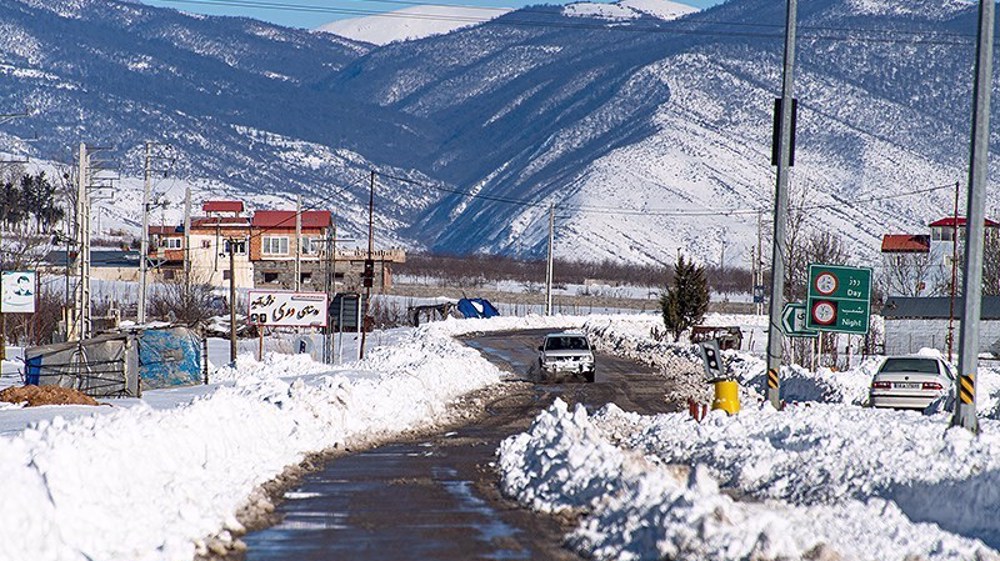
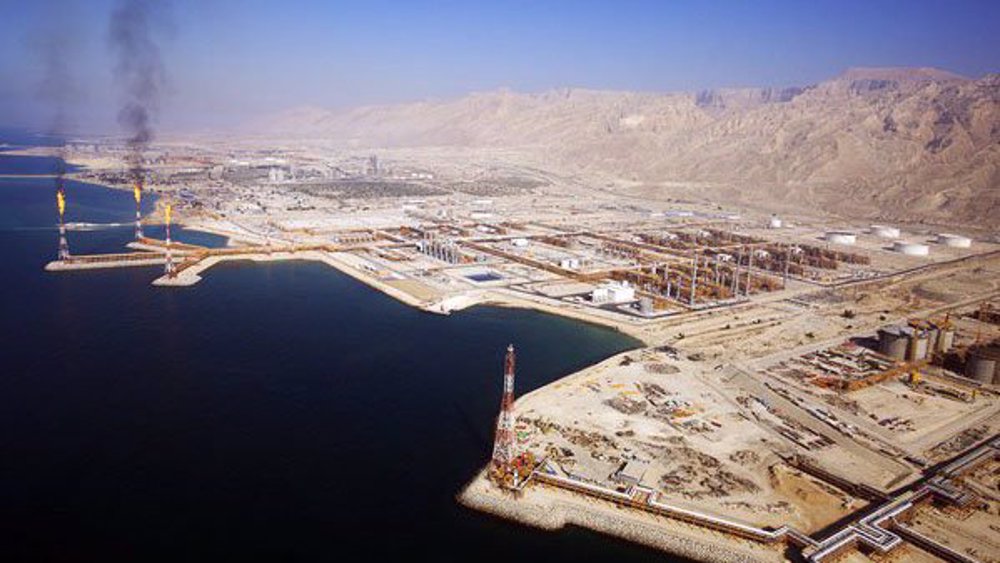
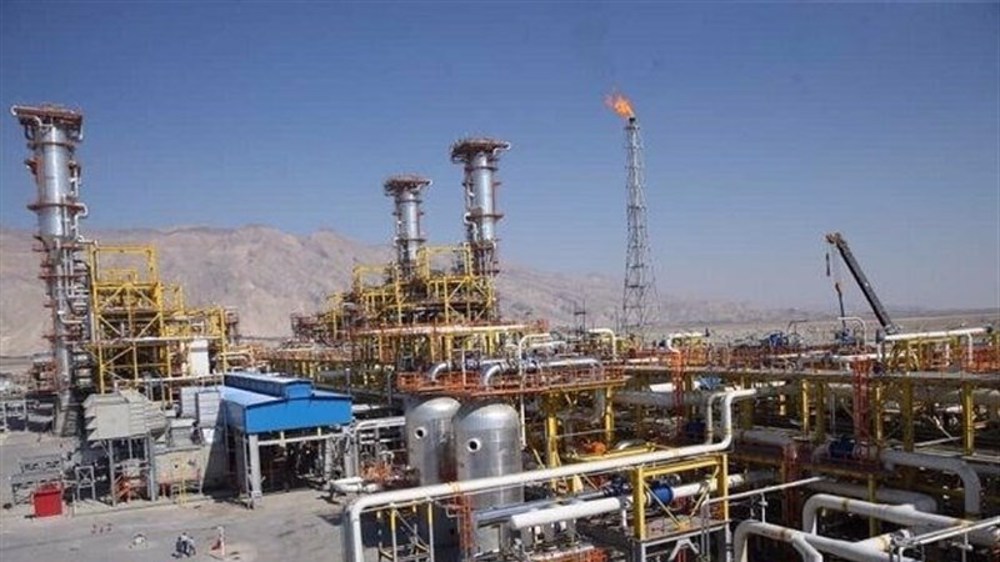
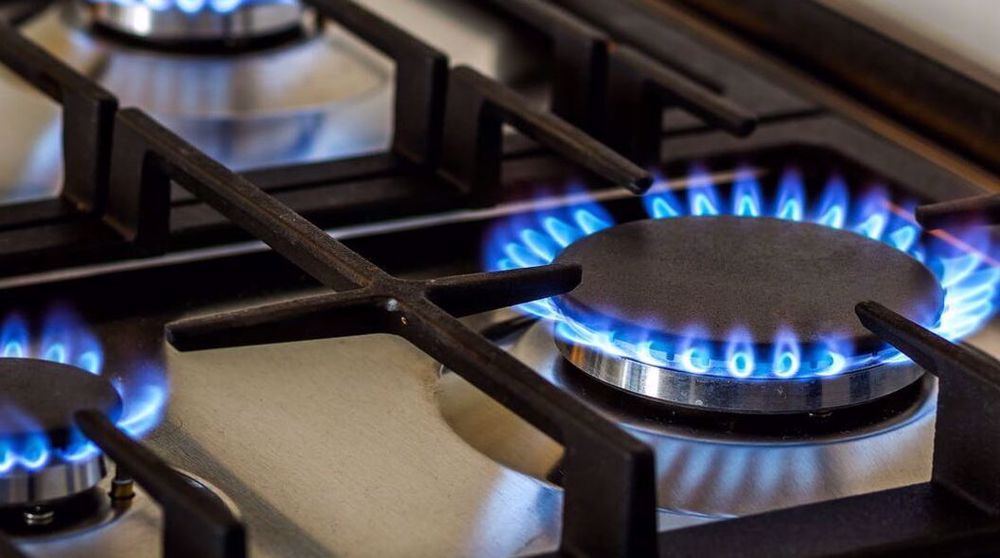
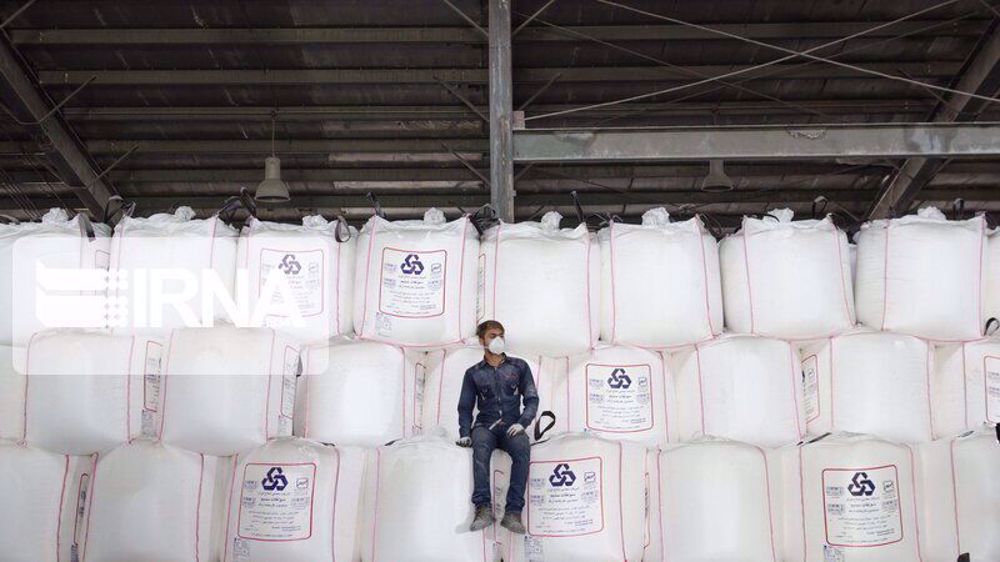




 This makes it easy to access the Press TV website
This makes it easy to access the Press TV website